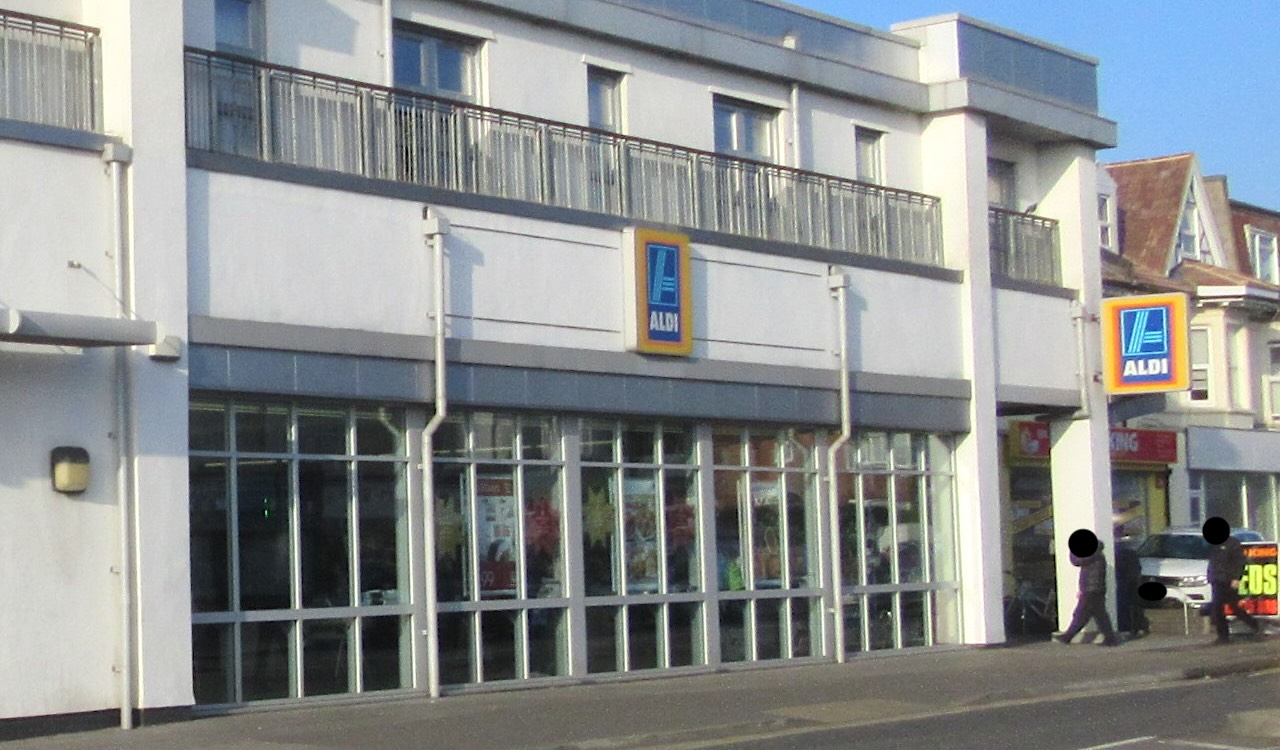
Aldi’s business structure represents the nature of the company and its multinational operations focused on low costs and competitive selling prices. The supermarket chain thrives with its company structure, which has similarities to many other large corporations in the retail industry. The operations of grocery stores and other support facilities are managed through the offices and corresponding divisions, departments, and teams of the hierarchy of Aldi’s structure. This corporate structure supports the implementation of management programs and business strategies for the satisfaction of Aldi’s mission and vision, such as in human resource management for divisions and work teams, and in logistics for merchandise.
This business structure determines how strategic management goals are reached in connection with corporate governance and Aldi’s corporate social responsibility (CSR) and ESG objectives for sustainable business and stakeholder management. Also, Aldi’s structure affects how workers perform their jobs. Human resource management programs are implemented through this business structure of the retail company. Consequently, this organizational structure influences the development and reinforcement of Aldi’s organizational culture (business culture) and the related behavioral traits linked to the retail workplace. Characteristics of this company structure exist in Aldi Nord and Aldi Sud, whose similar organizational designs relate to similar branding and business strategies.
Characteristics of Aldi’s Company Structure
Aldi’s organizational structure involves store branches and related businesses acquired as the company grows and expands, especially internationally. The division between the two Aldis is included for the purposes of this analysis. The following are the main factors that define Aldi’s business structure:
- Aldi Nord and Aldi Sud
- Regional branches
- Subsidiaries
Aldi Nord and Aldi Sud. Originally operating as a single business entity, the discount supermarket chain operated in various regional markets. Today, as separate business entities, Aldi Nord and Aldi Sud have their respective operations and target markets. For example, France and Spain have Aldi Nord stores, while the United Kingdom and Italy have Aldi Sud stores. This corporate structure ensures that the two entities do not interfere with each other. However, cooperation and collaboration are achieved despite this split in the structure. For instance, the two discount supermarket chains have agreements for branding for a cohesive marketing strategy. Also, even with this split, the two Aldis use similar competitive strategies and growth strategies that focus on low-cost operations to support low prices that attract target buyers. This characteristic of the organizational structure indicates business evolution that maintains coordination among structural divisions for effective competitive advantages. Despite being in different areas or regions, Aldi stores face the same or similar competitors, including multinational retailers, like Walmart, Whole Foods Market, Costco, and Amazon’s e-commerce and brick-and-mortar stores. These multinational competitors, along with regional and local players, create the fierce force of competition noted in the Five Forces analysis of Aldi and exert strategic challenges to growing the discount supermarket chain. Aldi’s business structure allows for effective strategies for countering these competitors.
Branches. New Aldi branches are established as the business grows, adding to the extent of the organizational structure in the global retail market. In the corporate hierarchy, regional branches are managed directly from the supermarket chain’s headquarters. This hierarchical structure allows top executives to monitor and manage the overall direction of coordinated business development involving stores in markets with different characteristics and regional/local conditions. This coordination through the retail company structure involves various strategies, such as in marketing. For example, Aldi’s marketing mix (4Ps) applies to all operations in various markets, although with some variations specific to regional or local markets. The business structure facilitates the consistent application of the company’s marketing strategies and tactics for a unified brand that matches shoppers’ expectations.
Subsidiaries. Subsidiaries extend Aldi’s market reach and increase business advantages linked to organizational scale. For example, Trader Joe’s adds to the market reach of Aldi Nord. This extension through the company structure strengthens the business and contributes to the competitive advantages shown in the SWOT analysis of Aldi. For example, an extensive market reach supports economies of scale, which can lead to higher efficiencies, lower business costs, and more competitive pricing for consumer goods.
Advantages & Disadvantages of Aldi’s Structure
The ownership status and the separation between Aldi Nord and Aldi Sud provides opportunities for implementing different strategies that can help address challenges in regional retail markets. For example, strategies for the U.S. market and strategies for the French market can widely differ with support from the organizational structures of the two firms. This condition allows Aldi stores to match external business conditions, like the industry trends noted in the PESTLE/PESTEL analysis of Aldi. Through the business structure, this matching optimizes strategic effectiveness in meeting changes in consumer preferences for food and other groceries.
Despite its strategic benefits, the separation between the firms’ organizational structures reduces the benefits of potentially higher economies of scale involving all stores. For example, Aldi’s operations management can achieve higher productivity levels and cost-effectiveness based on cooperation and collaborative development of all retail branches. The split between the two Aldis limits cooperation and collaboration involving all stores. Also, this business structure involving the two entities can lead to confusion among customers, especially international travelers, regarding branding, marketing strategies and tactics, product offerings, and other aspects of retail operations.
References
- Albert, D. (2023). What do you mean by organizational structure? Acknowledging and harmonizing differences and commonalities in three prominent perspectives. Journal of Organization Design, 1-11.
- Aldi International.
- Aldi U.S.
- Aldi France.
- Junge, S., Luger, J., & Mammen, J. (2023). The role of organizational structure in senior managers’ selective information processing. Journal of Management Studies, 60(5), 1178-1204.
- Spanjaard, D., & Freeman, L. (2023). Supermarket tribes and the temple of Aldi: A comparison between the UK and Australia. Journal of Consumer Culture, 23(1), 3-26.
